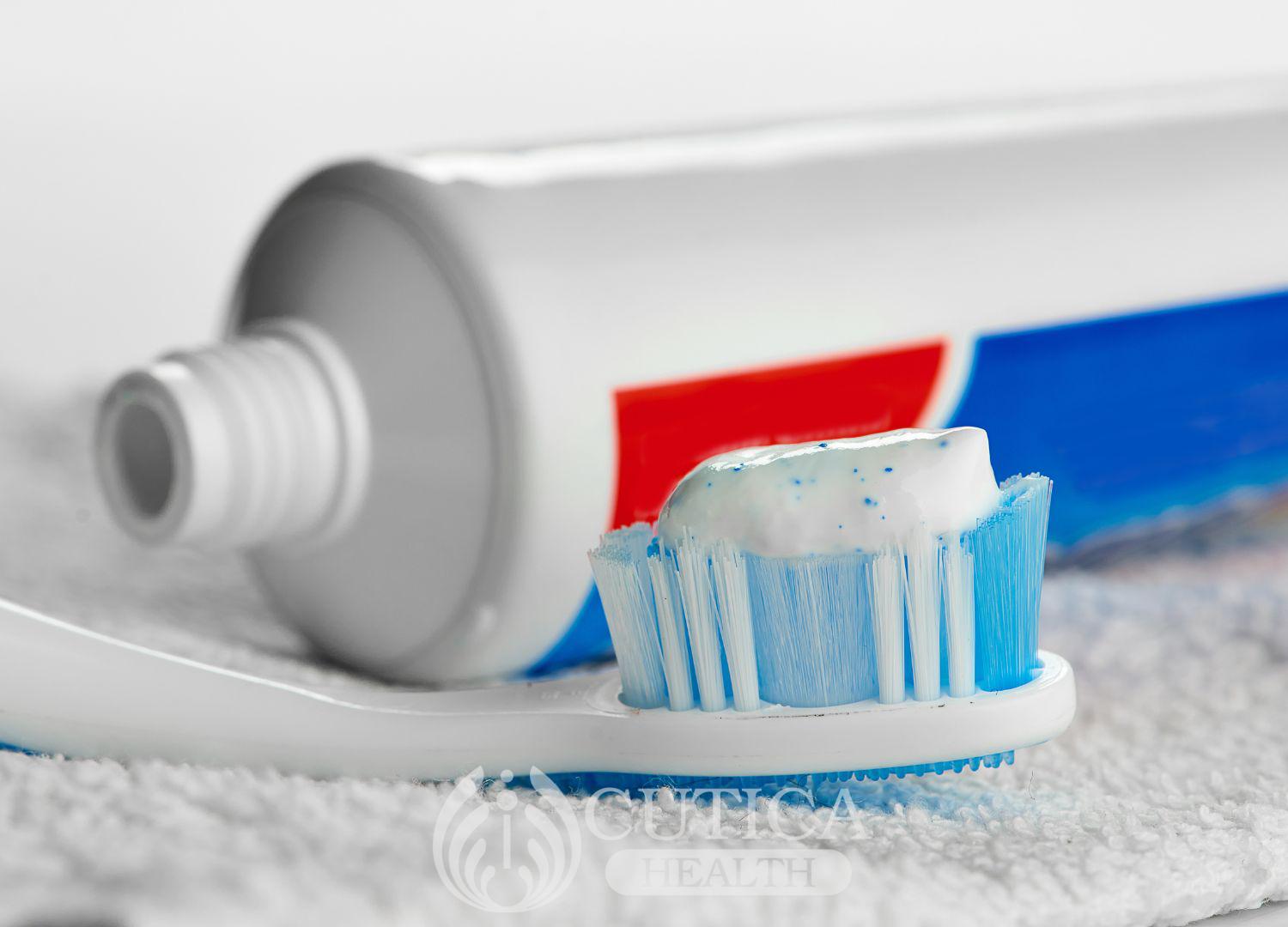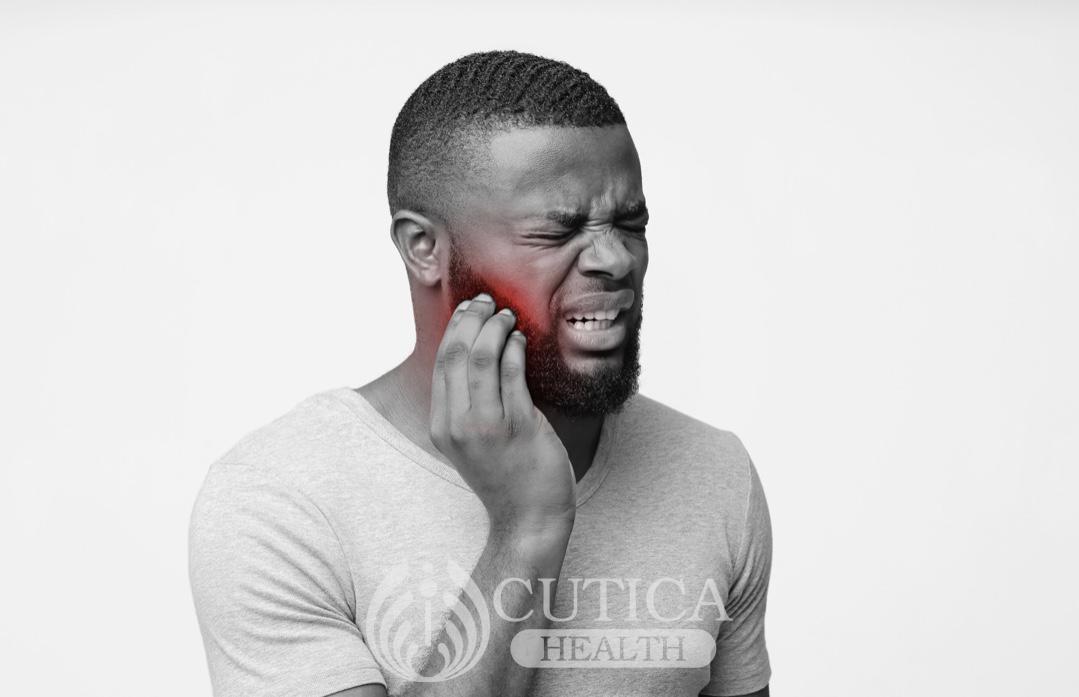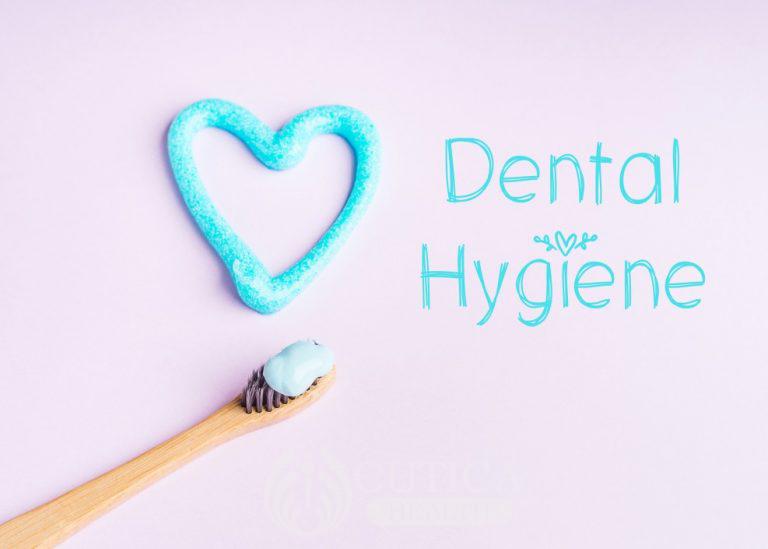
“Alan” she yelled, “I can’t believe that a man of your status cannot take proper care of himself!” Mr. Alan was startled and tried to regain composure while she continued to stare in disbelief at the toothbrush she was holding. “Even my four-year-old doesn’t have a toothbrush with bristles like a broom”
“Oh no!” He said, “That’s not mine, it’s my nephew jimmy’s” He struggled to defend his injured ego as he prayed under his breath that she bought his lie. Her shoulders gradually relaxed as her face slowly brightened up into a smile. She returned the toothbrush and continued the dinner. Alan thanked his stars that his date had been salvaged and made a mental note to visit the store for a new toothbrush.
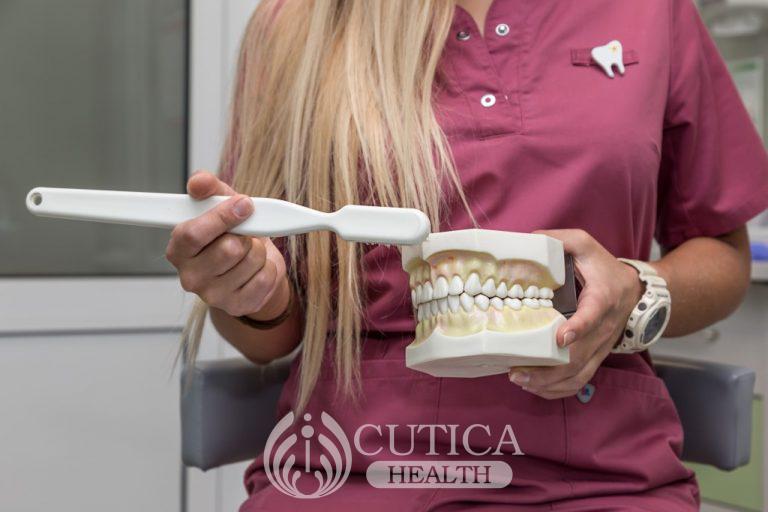
A common misconception is that you need to apply a lot of pressure when brushing. Some even believe that if your gum starts bleeding while you brush, it is a sign of a job well done. This cannot be farther from the truth. It is not a matter of how hard you brush, but using the right technique and the right toothbrush. Some other effects of improper brushing are:
- Wearing away of the surface of your teeth (Enamel), especially when using a hard-textured brush
- Injury to the gums and surrounding structures
- Retention of stains and debris on your teeth
- Mouth odor
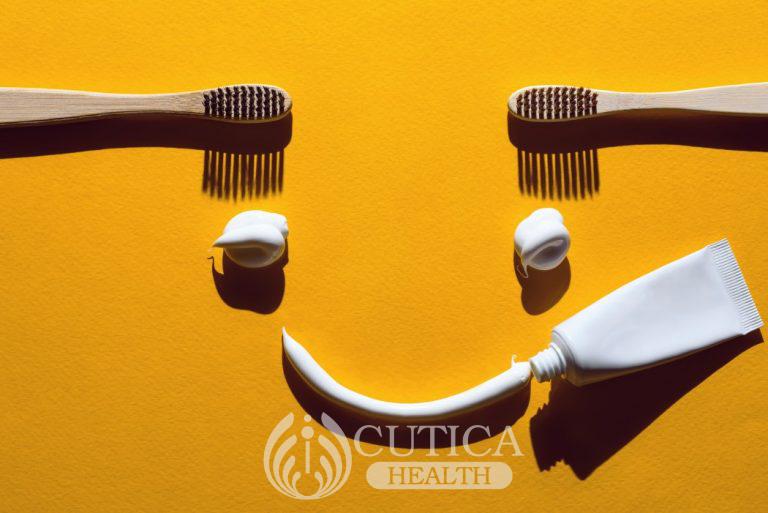
There are many toothbrush brands on the market, and you need to know the texture of the toothbrush you should use before purchasing any. The three types of textures are
Soft-textured brush
What determines the texture is the feeling you get when you run your thumb across the bristles. Soft textured brushes are just as the name suggests, soft. These are recommended for children and individuals with sore, painful, or bleeding gums, especially those who recently had some procedure done in their mouths.
Medium-textured brush
This type is the recommended bristle type for regular people. Not too hard and not too soft. With firm pressure, a medium textured brush can clean your teeth effectively.
Hard-textured brush
This type is generally not recommended because of its harsh action on the teeth and gums. It can come in handy for people with stains on their teeth like smokers, but should not be used over a long period.
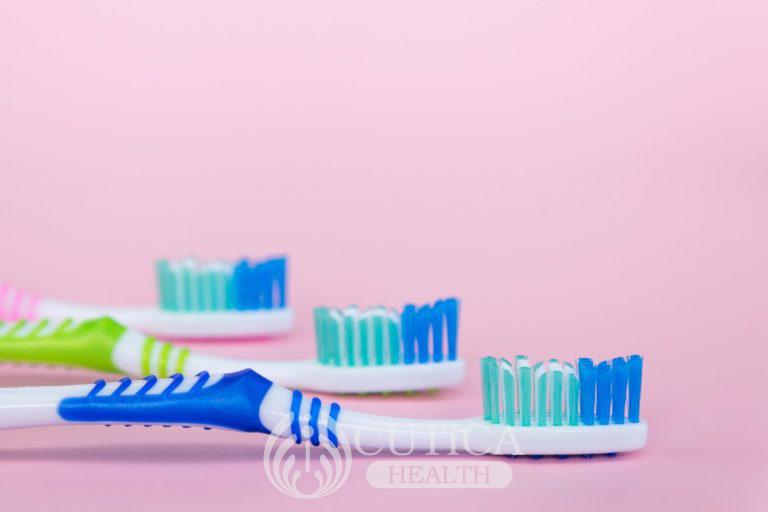
Toothbrushes are usually labeled Soft, medium, and hard or sometimes figures 1, 2, and 3 are used to denote the texture. It is therefore advisable to check the label of your brush before buying to determine which one is best for you. The bristles of your brush should also be nylon-coated to aid easy cleansing and prevent bacteria build-up within it.
In addition to selecting the proper brush type, maintaining it is also essential. Here are four tips on how to care for your brush:
- Store your toothbrush in open space and not in plastic caps to prevent bacterial build-up and contamination.
- Change your toothbrush every three months—which is within the time that your bristles are expected to have worn out.
- Do not share your toothbrush; this prevents cross-infection of some oral diseases like Oral Herpes.
- Clean and disinfect containers where brushes are kept regularly.
Your mouth is the gateway to the rest of your body and it is very important to care for your oral health to ensure a healthy life.









